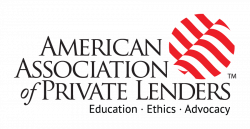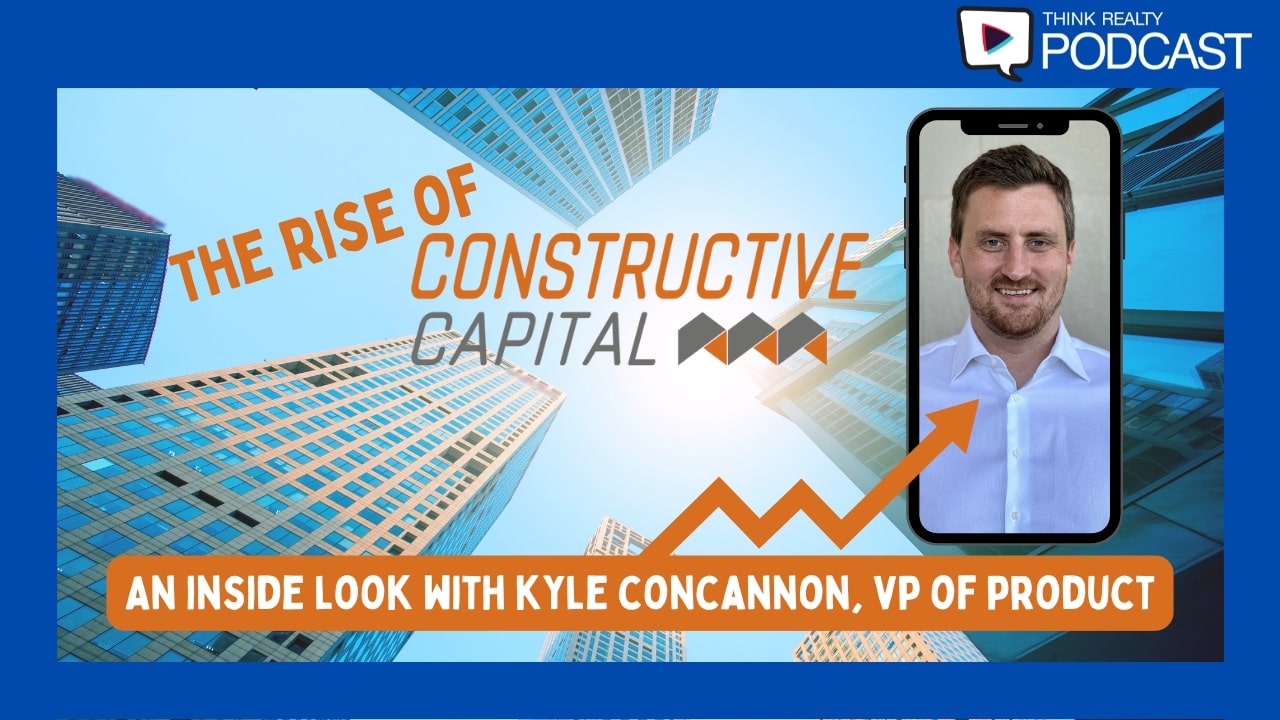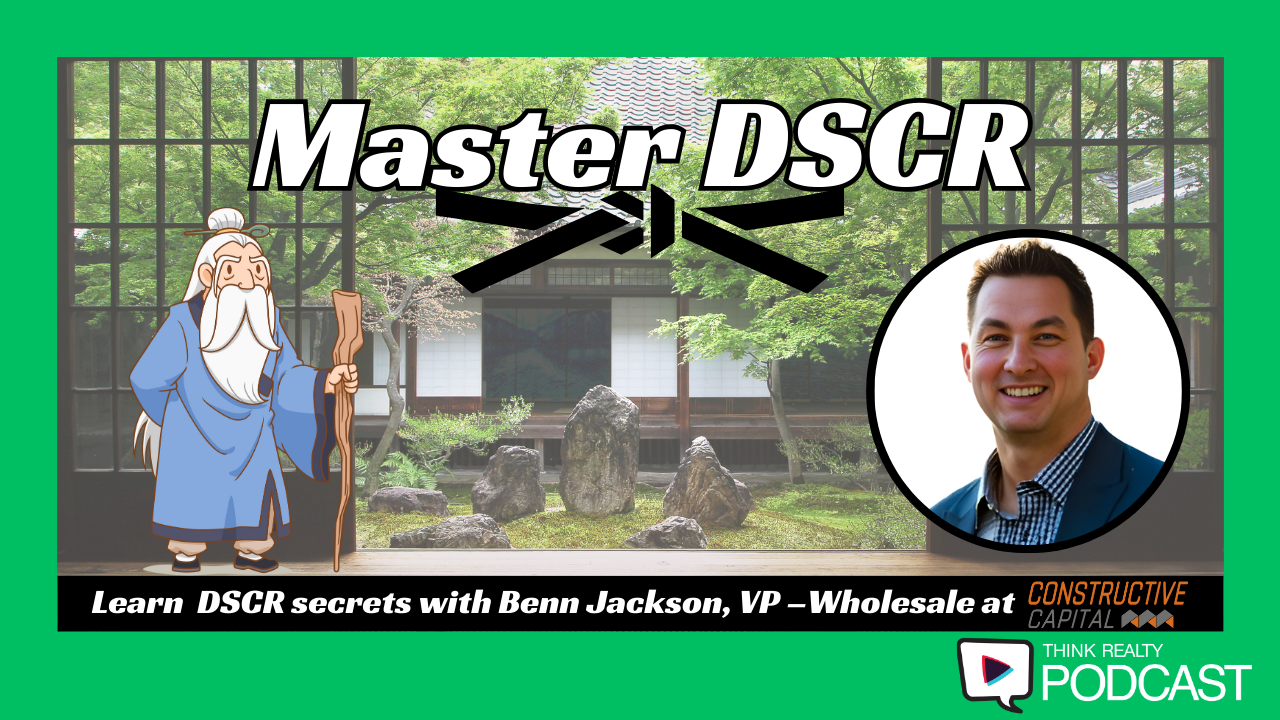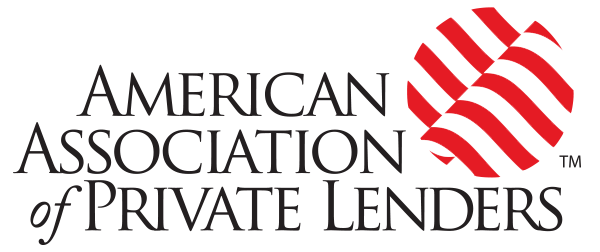Reverse mortgages offer advantages to private lenders who understand how they work, even when not part of lenders’ product offerings.
With the coronavirus crisis still looming, conventional loans requiring monthly mortgage payments have been getting a lot of attention. Laws have been passed on both local and national levels to ensure homeowners are not evicted for nonpayment on FHA loans.
Reverse mortgages, on the other hand, have garnered relatively little attention during the pandemic.
Why? The simple answer is that no monthly payments are required for reverse mortgages, and there is no risk for a foreclosure for nonpayment of a mortgage. Still, but for the foreclosure moratorium, homeowners with reverse mortgages could risk losing their house in certain circumstances.
Although private lenders typically don’t offer reverse mortgages themselves, they can still benefit from them. For example, borrowers may be able to use a reverse mortgage as an exit strategy with private lenders or in order to pay a private lender back faster. And, private lenders who wish to build their reputations as trusted advisors to their clients can benefit by being able to provide reverse mortgage referrals.
Here are some basics to know about reverse mortgages to best position yourself to reap their benefits.
Reverse Mortgages and Foreclosures
Under normal circumstances, the borrower on a reverse mortgage does not have to worry about the lender foreclosing, because no monthly payments are required. The loan balance just keeps increasing as interest accrues over time. It is required to be paid back only upon the death of the last remaining borrower, move out by the borrower, or death of the nonborrowing spouse if the borrowing spouse predeceased them.
The borrower’s only requirement for yearly payments are real estate taxes and insurance, HOA dues if applicable, plus maintenance and utilities. If the borrower fails to pay these, technically, they are in default and the loan may be called. This could lead to a foreclosure. In addition, the house may not be left vacant or abandoned.
Borrowers who take a lump sum reverse mortgage and whose income is estimated to be too low to maintain the real estate taxes and insurance may be required to have a Life Expectancy Set Aside (LESA). LESA is similar to an escrow account that is set aside for future real estate taxes and insurance; it is based on the life expectancy of the borrower. These future expenses are deducted from the lump sum and held by the reverse mortgage company. The funds in the LESA become part of the loan balance once the lender disburses them to pay the property charges on behalf of the borrower. Thus, those borrowers who have LESA, for all intents and purposes, would not typically face foreclosure during their expected lifetime.
Many conventional borrowers who have fallen on hard times during the pandemic have requested deferments from their lending institutions. The need for deferment requests is all but eliminated for reverse mortgages.
Reverse Mortgages vs. HELOCs
Older homeowners’ largest retirement asset, by far, is their home equity. These same homeowners may not qualify for a HELOC (Home Equity Line of Credit), and they may not want one after considering the benefits of a reverse mortgage versus a HELOC.
A HELOC, unlike a reverse mortgage, requires monthly mortgage payments. In addition, the bank can freeze (or reduce) the HELOC line and not allow access to it. This puts the homeowner in the precarious position of having debt against the property (because the HELOC is recorded against the property for the maximum potential draw of the line) without any benefit.
A bank may freeze or reduce a HELOC because it’s a fast way to shore up its balance sheet—the bank does not have to set aside reserves for the HELOC until the homeowner draws on it because it is just a “potential loan.” The loan technically only exists as the borrower draws upon it. If the bank freezes (or reduces) the line, the bank has not loaned the money yet and can stop it before the borrower accesses the money that was available to them.
Most major banks have seriously curtailed the issuance of HELOCs during the pandemic crisis, and those that continue to offer HELOCs have imposed stringent borrowing qualifications.
Many borrowers are realizing reverse mortgages offer advantages over HELOCs in this regard. There are limited income and credit qualifications to obtain a reverse mortgage. Reverse mortgage lines of credit cannot be frozen or reduced, and because there are no monthly mortgage payments, the risk of foreclosure (even after the moratorium) is slim.
Reverse Mortgages and In-Home Care
Most people would like to be in their own home instead of a care facility given the choice. Unfortunately, many people cannot afford the around-the-clock care required to remain at home and hire the care.
Once considered an alternative to in-home care (which is usually two to three times the cost of a nursing home), nursing homes and care facilities received a lot of press about COVID-19 deaths among their residents.
Loved ones, especially during the virus, are looking for a way to keep their elders in the safety of their own home and receive the quality and quantity of care needed. Many are looking toward a reverse mortgage to fill this need. Many people have enough equity in their homes, especially because real estate has tremendously rebounded, to allow them a large enough reverse mortgage to afford the costs associated with in-home care.
The National Reverse Mortgage Lenders Association (NRMLA) reports there have been significant increases in draws on reverse mortgage lines of credit by retirees who lost their part-time jobs and need to make ends meet, who are helping family affected by the pandemic, and who are just generally concerned about their future finances.
NRMLA states there has been a 55% increase in the number of draws and 14% in the size of the draws. In fact, they notice that some borrowers who had never previously drawn on their line of credit are fully drawing the line now.
As the COVID-19 crisis continues to impact the economy and peoples’ lives in general, the interest in reverse mortgages will continue to grow, especially before interest rates increase.
Private Lenders and Reverse Mortgages
As stated, private lenders typically do not offer reverse mortgages as part of their product offerings. But having a general knowledge about reverse mortgages—property eligibility, income and credit requirements—and how they may be an exit strategy for older private money borrowers and for private money lenders wanting to receive prompt repayment can be valuable.
Given America’s aging demographic, and the undeniable fact that most retirees hold, on average, 70%-80% of their net worth in the form of home equity, having a reliable reverse mortgage resource on tap can help private lenders present a wider range of solutions to their clients and referral sources.
For example, an older client who had planned to pay off a private money loan with a HELOC may be surprised to learn their bank is no longer extending this type of credit. Perhaps this client would qualify for funds from a non-recourse HECM.
If you have a younger client who can’t perform, perhaps that person’s parent would obtain a reverse mortgage to assist their adult children.
Need money in the millions? If a reverse mortgage’s $300,000 to $500,000 loan amounts can’t fix the problem, perhaps a HomeSafe proprietary reverse mortgage, with loan amounts up to $3 million, is the solution. They have the same minimal credit and income requirements, and they are nonrecourse, federally regulated, with no monthly repayment required for the entire loan term. In addition to providing cash flow and liquidity, these loans can also solve for BK13 and foreclosure.
Private money lenders who view themselves as advisers to clients and potential clients will find that even if they cannot transact the loan, directing borrowers to other helpful resources can earn loyalty and word-of-mouth referrals.











Leave A Comment